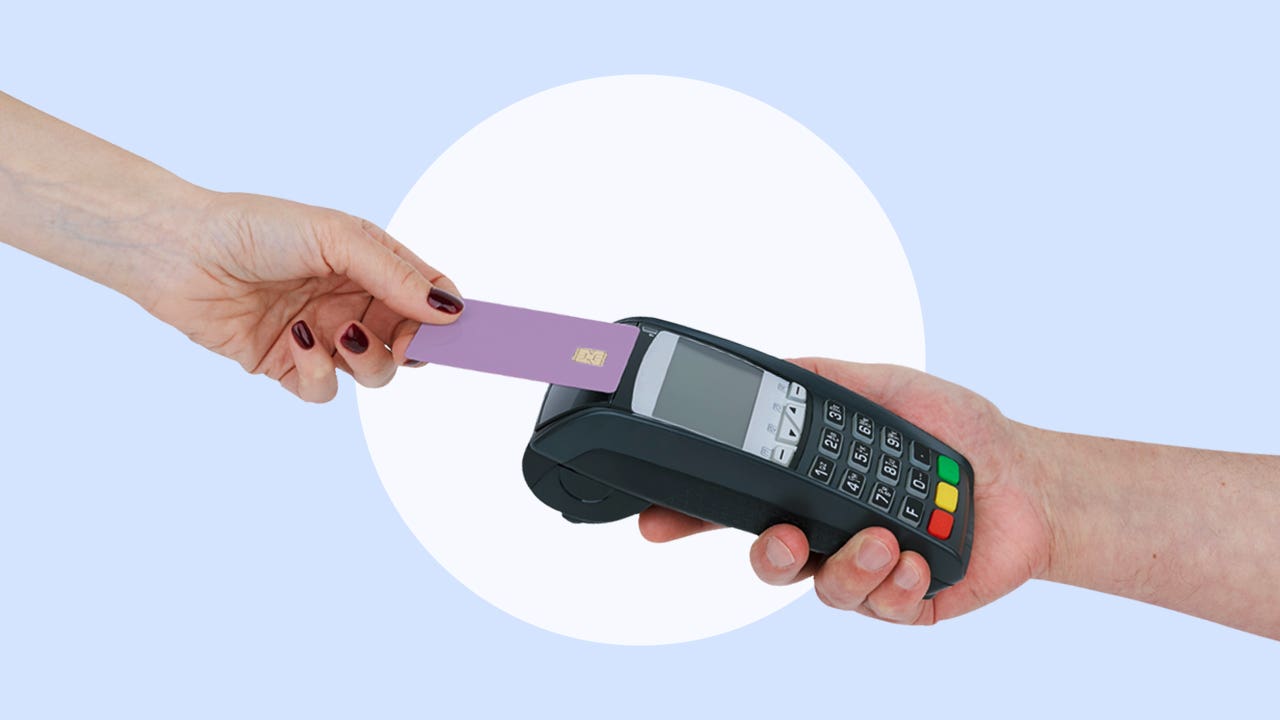How credit card companies make money




Key takeaways
- Credit card companies generate most of their income through interest charges, cardholder fees and transaction fees paid by businesses that accept credit cards.
- Even if you don’t pay fees or interest, using your credit card generates income for your issuer thanks to interchange — or swipe — fees.
- You can minimize fees and interest payments with responsible card use, including timely payments, avoiding cash advances and understanding your card’s terms and conditions.
You’re probably familiar with some cardholder-facing credit card fees, but those are just one way that credit card companies make money. Credit card companies actually make their money from three primary sources: credit card interest, cardholder fees and transaction processing fees.
How do credit cards work?
On the cardholder side of things, you can think of credit cards as a type of loan. You effectively borrow money from the issuer each time you use your card to make a purchase. You then have the option to fully pay off your balance each billing cycle or carry it over to the next month and pay interest on the amount you owe.
Things get more complicated when discussion turns to the mechanics of what occurs with each credit card transaction.
What is the role of credit card issuers and networks?
Credit card issuers — like Chase and Citibank — are lenders. When you buy something with a credit card, you’re borrowing money from a lender with the expectation that you’ll repay it with interest. At the point of sale, the card issuer pays the merchant, and then you’re obligated to pay the issuer back. If you don’t pay back your charges, the merchant still gets paid, and the card issuer is on the hook.
The other major players are credit card networks. They manage the process between merchants and card issuers. The four major credit card networks are Visa, Mastercard, American Express and Discover, with American Express and Discover serving as both networks and issuers.
There are multiple details that unfold when you swipe your card, but put simply: Money must transfer from the issuer to the merchant’s bank, a process the network manages. The network checks with the issuer to ensure the funds are available and the card is active before approving the transaction. All of this happens in a matter of seconds at the point of sale and, yes, there are fees involved in the process.
How do credit card companies generate income?
Credit card companies make the bulk of their money from interest, cardholder fees and transaction fees paid by businesses that accept credit cards.
Credit card interest
Interest charges are the fees that you, the cardholder, pay for the privilege of borrowing money via your credit card. In most cases, you won’t owe interest on your purchases as long as you pay off the balance in full each billing cycle. Interest charges are determined by your card’s annual percentage rate (APR), and your APR depends on several factors, including your credit score and the type of credit card you’re using. Some cards, for example, have higher APRs but offer greater rewards or benefits.
Your card likely also charges a couple of different interest rates depending on the type of transaction you’re making. For instance, a purchase APR range is likely lower than the APR for cash advances. Balance transfer APRs could be different as well.
Regardless of the type of APR, the fees represent a major source of revenue for card issuers. More than 50 percent of cardholders report carrying card debt from month to month, according to a June 2024 Bankrate survey, and the Federal Reserve Bank of New York reports that credit card balances hit $1.17 trillion in the third quarter of 2024. With average credit card interest rates now over 20 percent, it’s easy to see how this can be a significant source of revenue for issuers.
Interchange fees
Even if you pay off your credit card balances every month and never pay interest charges, issuers are still making money off of you. That’s because every time you use your card, the merchant pays a fee to cover the cost of processing the transaction. This is called an interchange — or swipe — fee.
Interchange fees cover the cost to communicate with the issuer, check for fraud and card validity and ultimately process the payment. They’re unavoidable for merchants who want to accept credit or debit cards as forms of payment. These fees are largely invisible to consumers while being an important expense to take into account for businesses.
Annual and other fees
Many credit cards charge an annual fee to hold the card, representing an additional revenue stream for issuers. There are plenty of excellent no-annual-fee credit cards out there, but cards with annual fees are often worth it for the right cardholder who can fully use the perks, features, rewards and benefits that come with that annual fee. In this case, cardholders do get something for the fee even as issuers generate revenue.
But there are numerous other fees credit card companies may charge that help them make money, many of which can be avoided by cardholders. Avoidable fees include late payment, cash advance, balance transfer and foreign transaction fees. While these fees can generate significant revenue for credit card companies, cardholders can avoid paying them altogether by understanding their card’s terms and conditions and using their cards responsibly.
How can cardholders minimize fees and interest payments?
As a cardholder, there are several steps you can take to minimize the fees and interest you pay. It all starts with understanding how your credit card works and then making smart decisions.
First, be aware of the common credit card fees you may encounter so you can minimize charges or avoid them altogether. Beyond that:
- Sign up for monthly bill reminders via text or email from your card issuer. This will help you avoid late payment fees.
- Consider setting up autopay for at least the minimum amount due each month. This automatic payment can prevent you from missing a payment and incurring a late fee.
- If your credit card charges an annual fee, consider whether the benefits you receive from the card outweigh this cost. If they don’t, it might be worth shopping around for a card that doesn’t charge an annual fee.
- Avoid using your credit card for cash advances.
- If you travel abroad or shop in foreign currency, make sure you use a card that doesn’t charge foreign transaction fees.
The key lies in your knowledge of the fees your card charges. Knowing the fees means you can take steps to avoid some of them. Or if they’re unavoidable — as in the case of annual fees — you can make an educated decision about whether the card’s benefits justify that fee.
What should you do if you are charged a fee?
If you’re charged an avoidable fee such as a late payment charge, don’t hesitate to contact your credit card issuer. They may be willing to waive the fee, especially if you’re a good customer who normally pays your bills on time. Mistakes happen and it never hurts to ask. In fact, a 2020 Bankrate survey found that it can be surprisingly easy to get late fees, annual fees and interest rates reduced — or sometimes even eliminated entirely.
Otherwise, take steps to ensure you don’t incur that fee again. That could mean setting up due date reminders or auto-payments or rethinking your budget and spending less to avoid interest charges.
The bottom line
As a cardholder, you help credit card issuers make money even if you’re responsible with your cards and never pay interest or avoidable fees. The annual fee you may pay, as well as the interchange fees you generate each time you use your card, all contribute to the credit card issuer’s revenue.
There are costs for the privilege and convenience of using a credit card. Understanding these costs and using your card responsibly is the key to earning valuable rewards while avoiding unnecessary fees.




